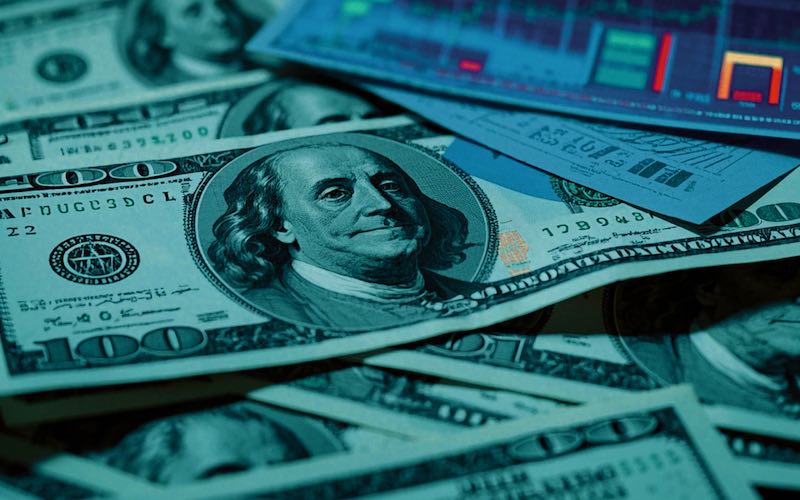50 minutes of secret talks between US and Russian foreign ministers exposed! Trump's attitude towards Putin suddenly changes, will the war in Ukraine usher in a shocking turn?
2025-07-11 10:56:10

[Live broadcast of the confrontation]
The July heat wave in Kuala Lumpur was scorching, but the atmosphere of the meeting between the US and Russian foreign ministers was even hotter. According to on-site reporters, Rubio said solemnly after the meeting that the two sides had put forward "subversive new ideas" on the Ukraine issue. The Secretary of State, who is known for his tough stance, emphasized that he had clearly conveyed to the Russian side the "deep disappointment" of the United States over the continued escalation of the war. This rare and straightforward statement was a bombshell in diplomatic rhetoric.
It is worth noting that the talks coincided with the largest airstrike launched by the Russian army since the start of the war. Ukraine confirmed that within 24 hours before the talks, the Russian army launched dozens of missiles and hundreds of drones, causing 2 deaths and 23 injuries. This tactic of "using fighting to promote talks" cast a darker shadow on the talks.
Trump administration’s swing game
The White House is caught in an unprecedented policy split. On the one hand, President Trump suddenly announced on Monday (July 7) that he would resume military aid to Ukraine, saying that "Ukraine must defend itself"; on the other hand, he is considering increasing the deployment of the "Patriot" system, which is a dramatic contrast to his previous attitude of restricting military aid.
Senior diplomat Friedman revealed a deeper dilemma: "Moscow is good at using complex solutions to wear down Western patience." The Obama-era sanctions operator warned that Russia's negotiation strategy is essentially a "delaying tactic." Trump's recent dramatic changes in his attitude toward Putin, from praising him for "keeping his promises" in February to angrily denouncing him as "all nonsense" this week, further exposed the confusion of the US strategy.
[Sanctions stick and military aid trump card]
According to people familiar with the matter, Rubio revealed a hidden killer move during the talks: the ultimate sanctions plan against Russia that the US Congress is preparing. The plan proposes to impose a 500% "devastating tariff" on Russian strategic materials such as oil, gas, and uranium, which is equivalent to a "surgical strike" on the Russian economy.
At the same time, the military aid game has entered a new stage. The United States has not only restarted arms delivery, but also rarely asked European allies to share the pressure. Rubio named Spain, Germany and other countries to provide air defense systems. This "naming and pressuring" approach reflects the United States' strategic intention to reconstruct the international coalition to aid Ukraine.
[The dawn of peace or the fog of war? ]
Although the Russian Foreign Ministry claimed that the talks were "frank and substantive," the signals sent by both sides were full of contradictions. Rubio's so-called "new path" is still shrouded in mystery, and Russia's immediate escalation of military action after the talks has further raised questions about the sincerity of the negotiations.
Analysts pointed out that the talks exposed three key problems: the United States wants to end the war quickly but is worried about falling into a Russian trap; European allies' willingness to aid Ukraine continues to decline; and Ukraine itself is losing bargaining chips after suffering huge casualties.
[The next chapter of the century game]
As 2025 enters its second half, this three-year war is at a crossroads. The Trump administration has to face pressure from domestic hardliners while balancing the political need to "end the war quickly." The Putin regime, under the dual pressure of Western sanctions and battlefield consumption, is also facing a moment of decision.
This 50-minute conversation in a closed room may become a historic moment that rewrites the geopolitical landscape. But whether the olive branch of peace can penetrate the smoke of war still depends on whether the United States and Russia choose to go to the negotiation table with real swords and guns, or continue to consume themselves in the dual game of battlefield and diplomacy.
Analysts pointed out that the continued escalation of the Russian-Ukrainian conflict, especially Russia's recent large-scale air strikes on Ukraine, as well as the United States' resumption of arms supplies to Ukraine and consideration of increasing sanctions (such as imposing a 500% tariff on Russian oil and natural gas), will increase geopolitical uncertainty. As a safe-haven asset, gold is usually favored by investors when conflicts escalate, and increased demand may drive gold prices up in the short term.
In addition, the Trump administration's repeated changes in aid and sanctions against Ukraine (resuming arms supply after suspension, considering additional deployment of Patriot systems) may cause market sentiment fluctuations. Investors' uncertainty about US foreign policy may further increase safe-haven demand, which is good for gold prices. However, if the peace talks make substantial progress and geopolitical risks ease, gold prices may face correction pressure.
At 10:54 Beijing time, spot gold was trading at $3,334.36 per ounce.
- Risk Warning and Disclaimer
- The market involves risk, and trading may not be suitable for all investors. This article is for reference only and does not constitute personal investment advice, nor does it take into account certain users’ specific investment objectives, financial situation, or other needs. Any investment decisions made based on this information are at your own risk.










